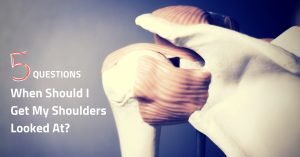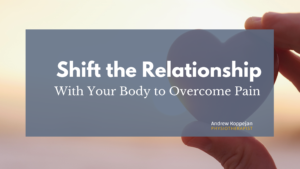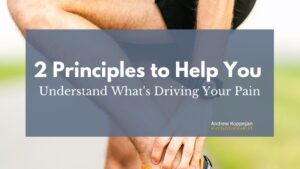Why is Body Awareness Important?
Developing a better sense of how you move your body is fundamental in preventing injury. We often feel that we have a good handle on our body mechanics, positioning and stability. Yet more often than not we can lose touch with the movement patterns that we have established, especially when we exercise.
The way we “hold” our body can be result of past injuries, work posture and the sports that we play. But how do we change the way we move and build a better understanding of our body position?
Ways to Improve Body Awareness When Doing Exercises
There are a number of ways that we can improve our body awareness. Here are three key ways to help:
Use a Mirror
A mirror provides you with a visual of your body position and can alert you to potential shifts and compensations. This tool is by far the best way to develop greater awareness and understanding of your body. Pay close attention to how you move when performing exercises or even to just to observe your posture.
Use your Hands
Using your hands to feel inconsistencies in your body can help you get a better sense of your body position. This works very well for parts of the body that you are trying to stabilize. For example if you are trying to ensure that your back isn’t rounding with a squat, you can place your hand on the small of your back to monitor for any movements.
Move Slowly
Often we move too quickly when we are doing exercises or movements. This can mask problems within our body positioning and posture. By slowing our movements down, we become more aware of how we are moving.
These simple steps can help you to develop a better sense of how you’re moving your body and can increase your understanding of changes that need to be made.
If you have any questions or comments about this topic or if you have would like to discuss any specific problems, please do not hesitate to get in touch with me!



